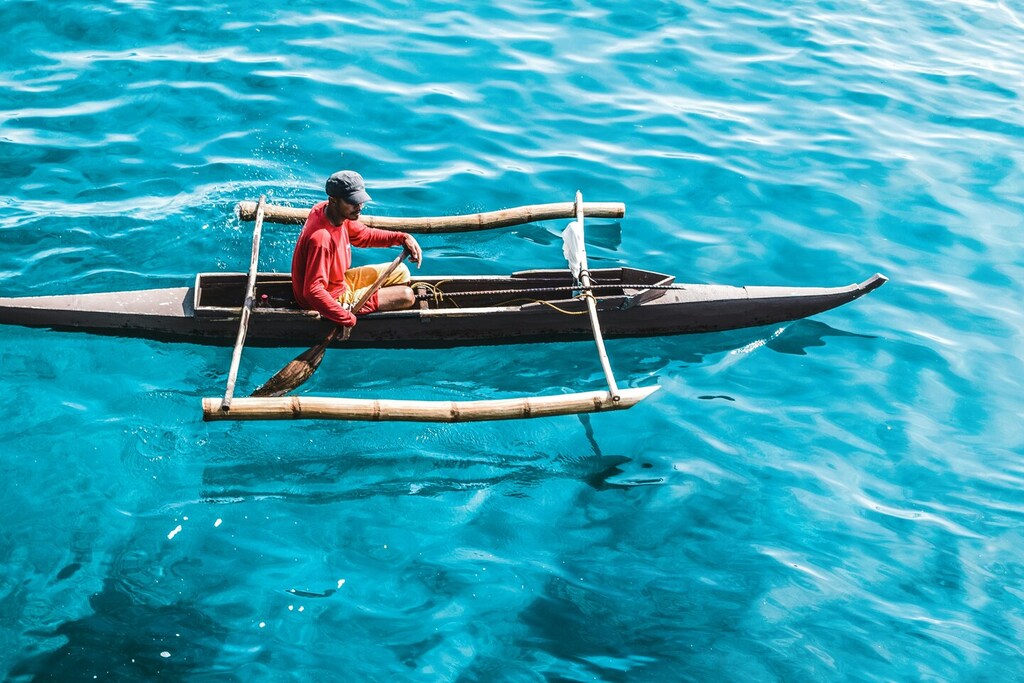Land-based extractive industries have significantly altered Papua’s natural landscapes in recent decades. In the early 2000s, Papua had the largest primary forest cover in Indonesia, with 33.21 Mha, accounting for 35% of the country’s total primary forest cover.1 However, between 2001 and 2023, Papua witnessed the loss of 1.1 million hectares of its tree cover, contributing to emissions of 829 metric tons of carbon dioxide equivalent (MtCO2e).2 This rampant deforestation primarily stems from the aggressive expansion of oil palm and industrial forest plantations driven by economic interests at the expense of environmental sustainability.
While these ventures generate profit for a select few, the adverse consequences are disproportionately borne by vulnerable communities. In this case, indigenous Papuan people stand to lose the most, as Papua’s natural forests serve not only as vital habitats but also as crucial sources of livelihood for these groups. Persistent issues, such as the relentless focus on economic growth and the extractive use of agrarian resources, remain fundamental problems. Furthermore, topdown development approaches that disregard local contexts exacerbate these challenges.







